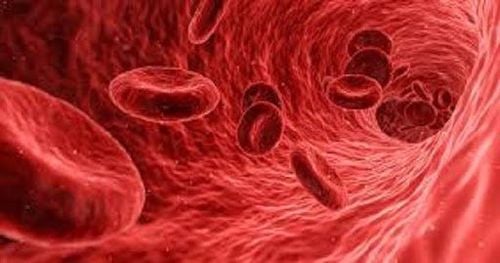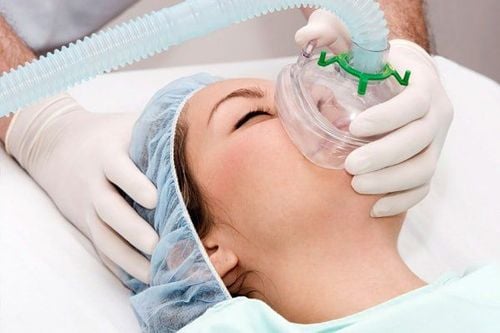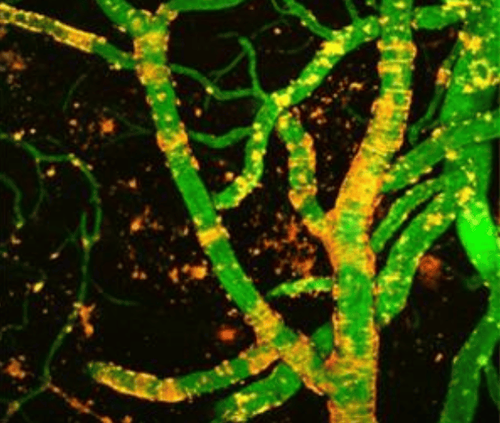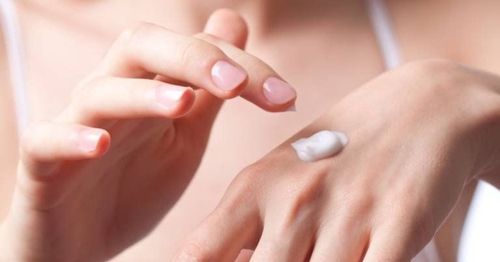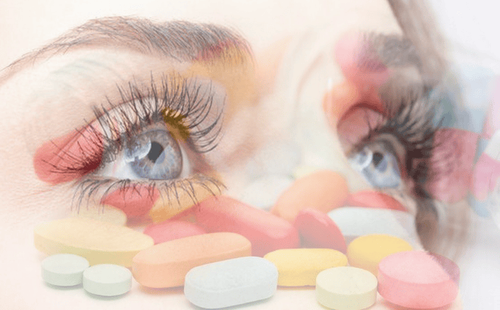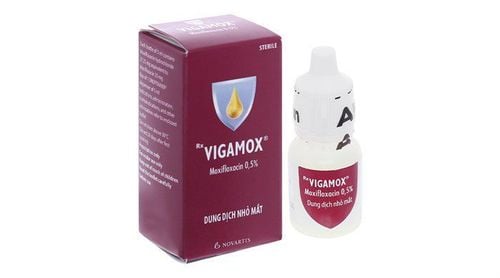This is an automatically translated article.
Rosacea (also called rosacea) is a reddening of the skin. Because rosacea is associated with aesthetics, it can interfere with a patient's daily activities, communication, and work. Let's learn about Rosacea through the article below.1. Redness - What is Rosacea?
Rosacea is a reddening skin condition that mainly affects the skin of the face. Rosacea is a fairly common phenomenon that can affect anyone, but is most common in middle-aged women with light skin. Until now, there is no really clear understanding about Rosacea.Rosacea affects the patient's aesthetic, so it can have a negative psychological impact in life. Persistence in treatment can help keep Rosacea under control to a certain extent.
2. Causes of red skin

Da ửng đỏ do đâu?
Risk factors for facial flushing include:
Vascular abnormalities: Many experts believe that facial vascular abnormalities are the main cause of rosacea. This may explain symptoms such as hot flushes, red skin rashes and persistent blood vessel swelling. However, the cause of the vascular abnormalities is unknown.
Skin peptides: Recent research shows that external triggers such as UV rays, spicy foods, alcohol (especially red wine), exercise, stress, heat and cold can activate certain molecules in the skin called peptides. Increased levels of peptides can affect the immune system or the nervous system - blood vessels of the skin. Activation of these systems causes vasodilation, skin redness, and inflammation.
Micromites: Micromites (very small mites) called demodex folliculorum usually live on human skin and are harmless, but for people with Rosacea the number of mites is especially large, and very likely This is one of the factors that cause blushing. It is currently uncertain whether the mites are the cause or the result of the flushed skin, but there are some theories that the symptoms of the disease are caused by the skin's reaction to the bacteria present in the mite's feces.
Genetic factors: Rosacea seems to run in families, although it is not clear what genetic factors are involved or how it is passed between generations.
Redness has several triggers. These factors are not the direct cause of rosacea, but they do make symptoms appear or worsen, including:
Exposure to sunlight; Stress; Hot or cold weather; Strong wind; Strenuous exercise; Acoholic drink; Take a hot bath; Spicy food; Hot drinks; Humid; Caffeine; Menopause; Milk Products; Certain diseases and medications.
3. Symptoms of Rosacea
Most people with rosacea experience episodic symptoms, meaning there is a period of worsening of symptoms followed by a period of mildness. Symptoms of skin flushing can vary from person to person, and include:Eczema : A condition in which the skin becomes red for a short time, usually a few minutes. The redness mainly appears on the face, sometimes it can spread to the neck and chest. In some cases, blushing occurs with a burning sensation. Persistent Erythema: Erythema appears as an area of prolonged sunburn, and in many cases causes the patient to be mistaken for an alcohol abuser. The rash is usually located on the cheeks, nose, and chin, but can also occur on the forehead, neck, and chest. Vasodilation: Over time the blood vessels in the skin become permanently dilated and become visible. Nodules and pustules. Thickening of the skin: People with severe rosacea may experience thickening of the skin, usually around the nose, giving the nose an irregular shape (nose hypertrophy). Nasal hypertrophy is uncommon, is a severe symptom, appears after many years of illness, and is usually seen only in male patients. Other possible symptoms include:
Sensitive skin: A burning sensation, itching, and pain. Dry skin. Swelling of the face (lymphedema). Rosacea almost never develops permanent lesions (scarring lesions).
Redness of the skin has a form that affects the eyes, with symptoms manifesting as:
Sensation of something in the eye. Dry eyes. Sensation of irritation, appearance of red streaks in the eyes. Eyelid inflammation. Rosacea sometimes causes the cornea to become inflamed and damaged, and serious symptoms that can appear are:
Eye pain. Sensitive to light. Visual impairment.

Suy giảm thị lực là biểu hiện nghiêm trọng của Rosacea
4. Red skin condition when need to see a doctor?
If the above signs and symptoms persist, see your doctor. In case of abnormal eye signs, see a specialist immediately, because keratitis that is not treated properly and promptly can cause permanent vision loss.5. Diagnose red skin
Currently there is no specific test to diagnose Rosacea. The doctor will ask about the history, medical history and physical examination, and may order tests to differentiate from other diseases.6. Treatment of red skin
Treatment for rosacea is aimed at controlling signs and symptoms, so the earlier treatment is given, the less severe the disease may be. The duration of treatment for Rosacea depends on each specific case, on the severity of the patient. One point to note in treatment is that Rosacea often recurs.6.1 Medication The type of medication the doctor prescribes will be based on the patient's clinical symptoms. Patients may have to use a combination of drugs to get the best results:
Topical drugs: Topical drugs are used in the form of creams or gels applied to the affected skin area. Commonly used medications are brimonidine (Mirvaso), oxymetazoline (Rhofade), azelaic acid (Azelex, Finacea), metronidazole (Metrogel, Noritate,...), and a very new drug, ivermectin (Soolantra). Oral antibiotics: Used in cases of moderate and severe redness with pustules. Oral acne medications: If a patient has severe redness that doesn't respond to other treatments, the doctor may prescribe an oral acne medication called isotretinoin (Amnesteem, Claravis,.. .) for the treatment of acne-like lesions of Rosacea. 6.2 Therapies Laser therapy and other light therapies can help reduce redness caused by dilated blood vessels.
6.3 Avoiding Triggers Try to avoid factors that trigger or worsen flushing .
Please dial HOTLINE for more information or register for an appointment HERE. Download MyVinmec app to make appointments faster and to manage your bookings easily.
Reference source: mayoclinic.org




